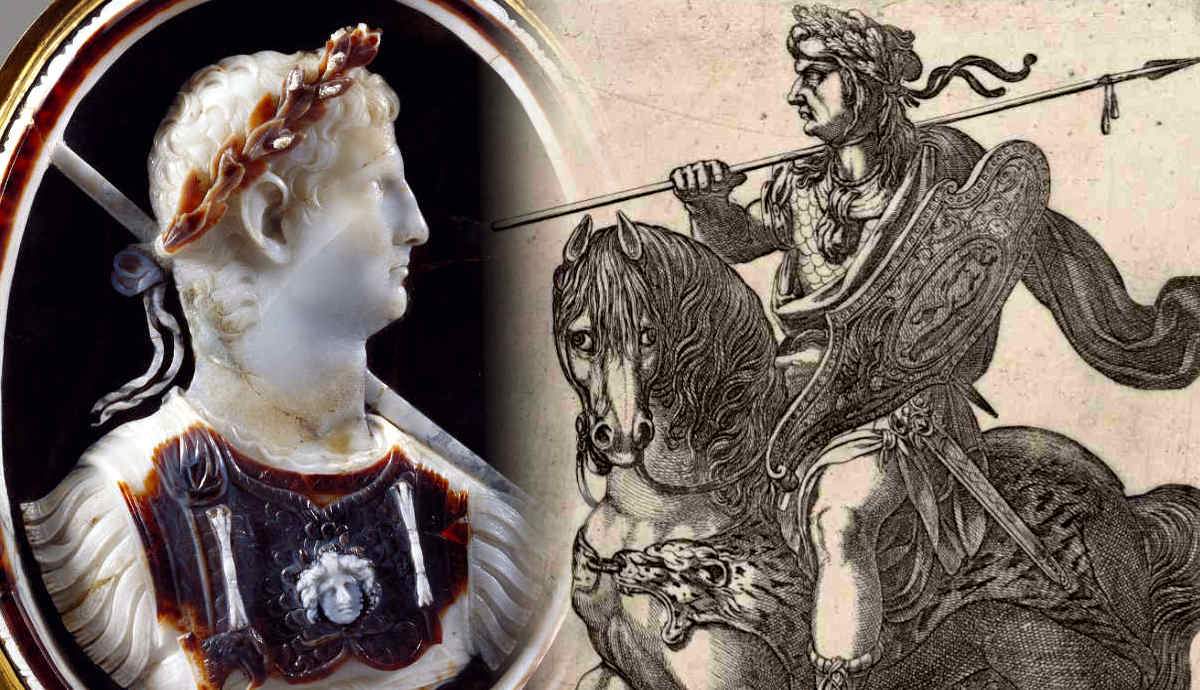
The fourth Emperor of Rome, reigning from 41–54 CE, Emperor Claudius was perhaps the most unlikely leader the Empire would ever have. Born with a series of disabilities, his family kept him mostly hidden away, convincing him he would never become Emperor. But when his young nephew Caligula’s wasteful, ruinous reign was cut unexpectedly short, Claudius was next in line for the throne. Taking to the role with surprising aptitude, Claudius astonished everyone by successfully restoring Rome to its former glory days and will be forever remembered for leading the conquest of Britain.
1. Emperor Claudius Was Ridiculed by His Family
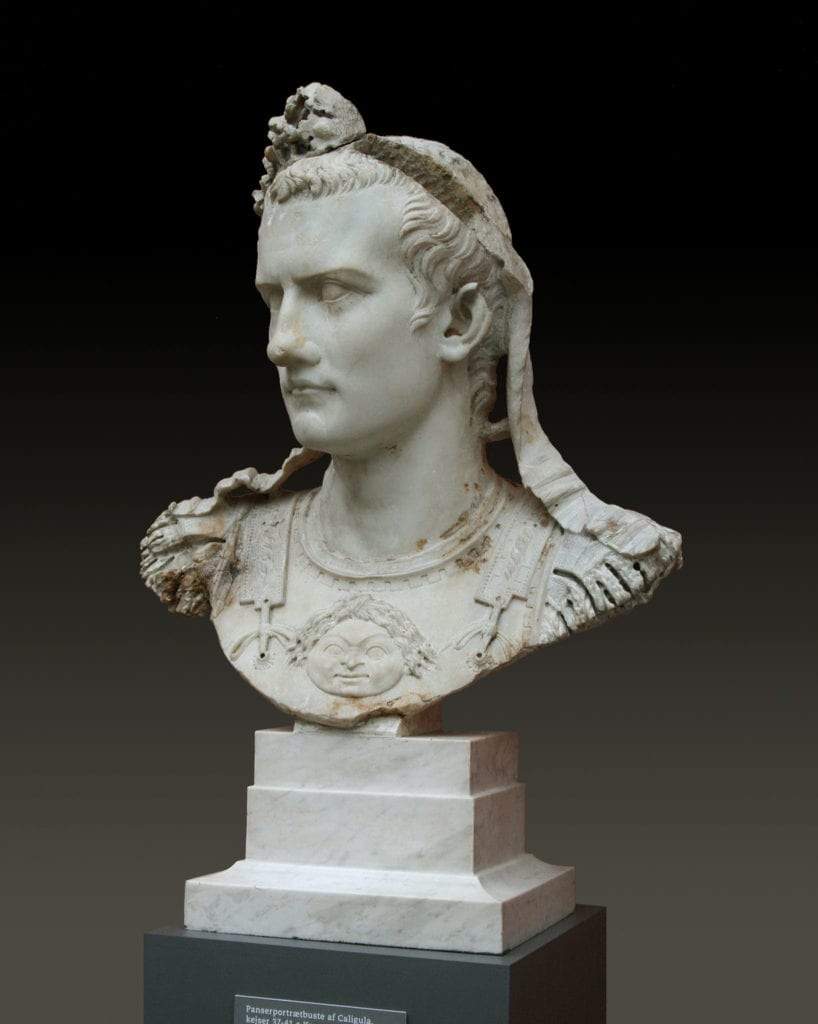
Nephew to Emperor Tiberius and grandson of Mark Antony, Claudius was born with a number of physical ailments which included tremors, a limp, a runny nose, and frothing at the mouth, which historians now think might have been a form of Cerebral Palsy. Labeling him weak and embarrassing, his family kept Claudius away from the public eye, and did all they could to stop him from taking the throne. Tampering with official documents, they pushed his name far down the line of succession and actively discouraged him from training in politics. His cruel nephew, Caligula, was even said to have ridiculed him at parties, encouraging guests to throw olive and date stones at him.
2. He Was an Accomplished Historian
When he was denied access to a political career, Claudius immersed himself in books for long hours. His intellect greatly impressed the historian Livy, who suggested he become a writer. Claudius went on to produce a whole series of books on Roman history. He wrote about the Etruscans, the Roman Alphabet, and the history of the Roman Republic so far. His great knowledge of history and government made him an excellent leader when the time finally came.
3. Caligula Helped Claudius Move Into Politics
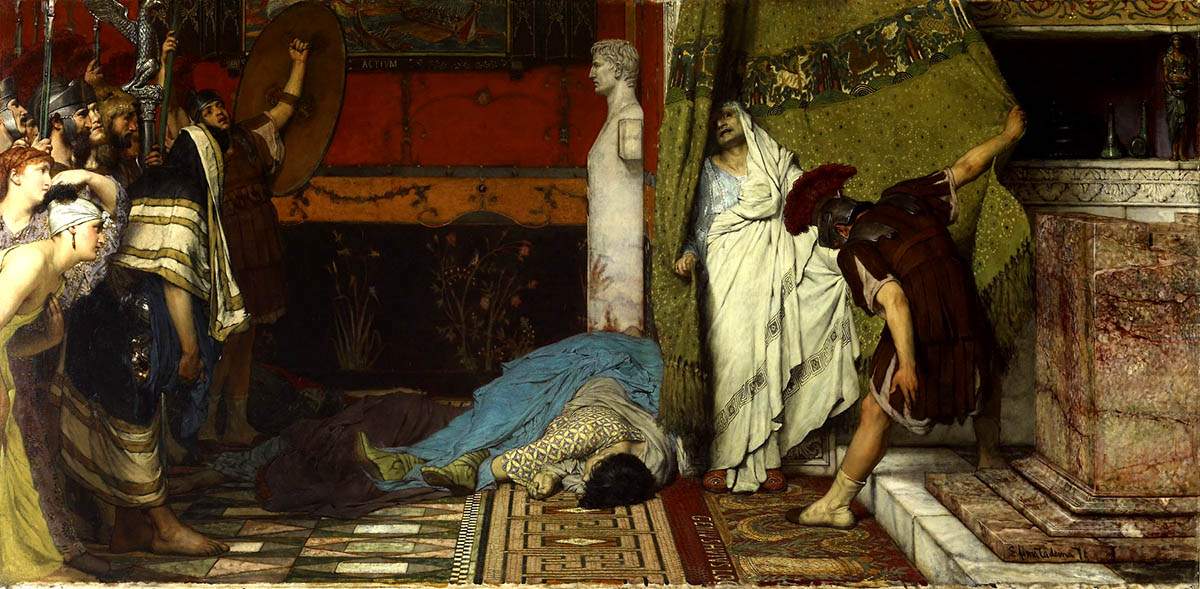
Unusually, Claudius’ arrogant nephew Caligula drew him into politics. In one of the few decent decisions he ever made, the young and inexperienced Caligula saw in the 46-year-old Claudius a wise mentor and appointed him as a co-consul. Following the brutal assassination of Caligula by the Praetorian Guard, Claudius was found quivering behind a curtain by the Praetorian Guard, and they immediately proclaimed him the new Emperor, at the age of 50.
Get the latest articles delivered to your inbox
Sign up to our Free Weekly Newsletter
4. Claudius Bribed The Praetorian Guard
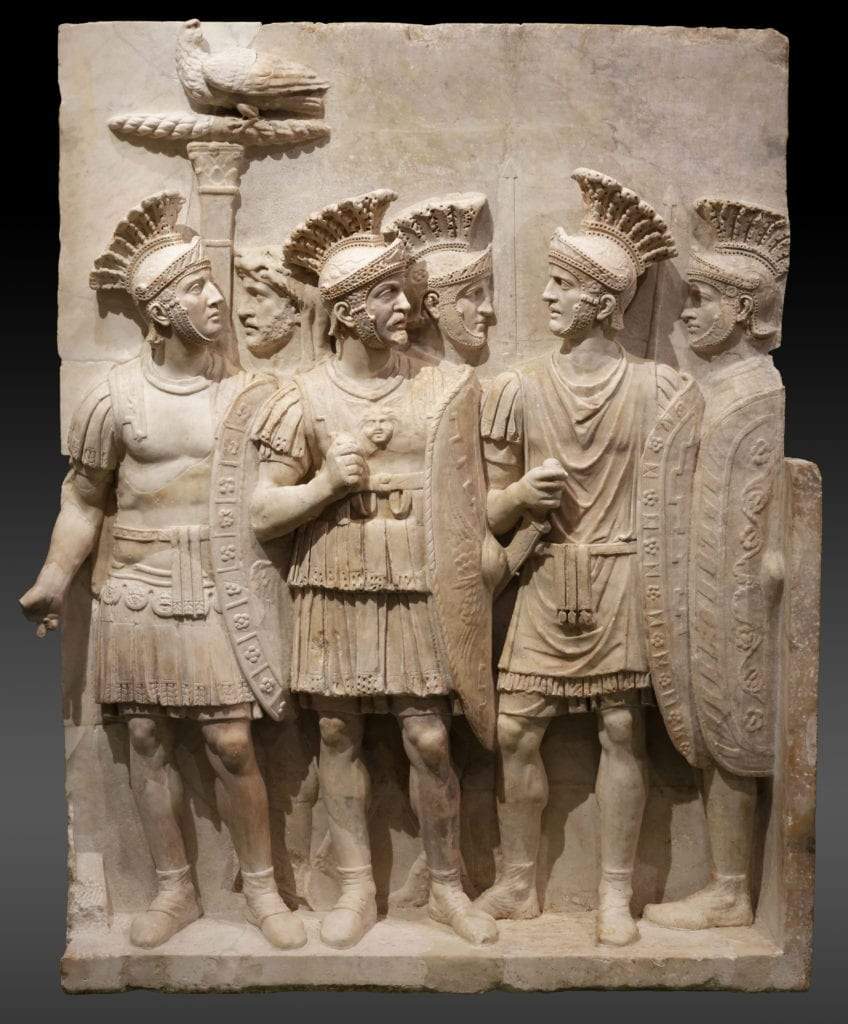
After witnessing the Praetorian Guard’s uprising against Caligula, Claudius recognized the power they truly had over Rome. To keep his position as Rome’s ruler safe, he bought favor from the Praetorian Guard, giving each member an additional 15,000-sesterce donation in return for their loyalty.
5. Following His Rise to the Throne, Claudius Made a Surprising Recovery from His Disabilities
Many of Claudius’ physical disabilities seemed to improve or even vanish following his rise to power. Claudius even later claimed some of his symptoms were faked. Some historians also suggest Claudius may have helped plan Caligula’s death, suggesting his rise to power might have been planned after all.
6. The Conquest of Britain Was His Greatest Legacy
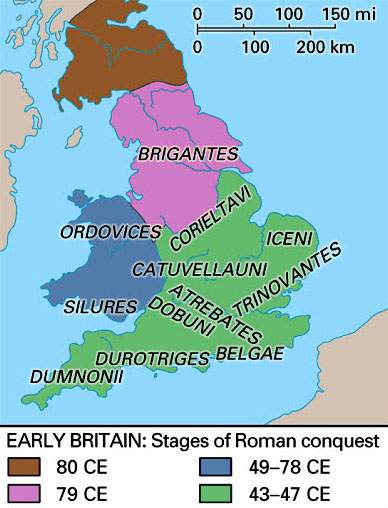
Claudius successfully led one of the most important military invasions of the 1st century: the conquest of Britain. He dispatched 40,000 troops and a series of war elephants across the English Channel and eventually overthrew the Catuvellauni tribal leader Caratacus. Following his triumphant return, he was praised as the man who “brought barbarian peoples beyond the Ocean for the first time under Rome’s way.” On his return from England following the conquest of Britain, Claudius was honored with a triumphal arch on the Via Flaminia, which was called The Arch of Claudius. Although it is now lost, the inscription for the arch is held at the Capitoline Museums in Rome, Italy.
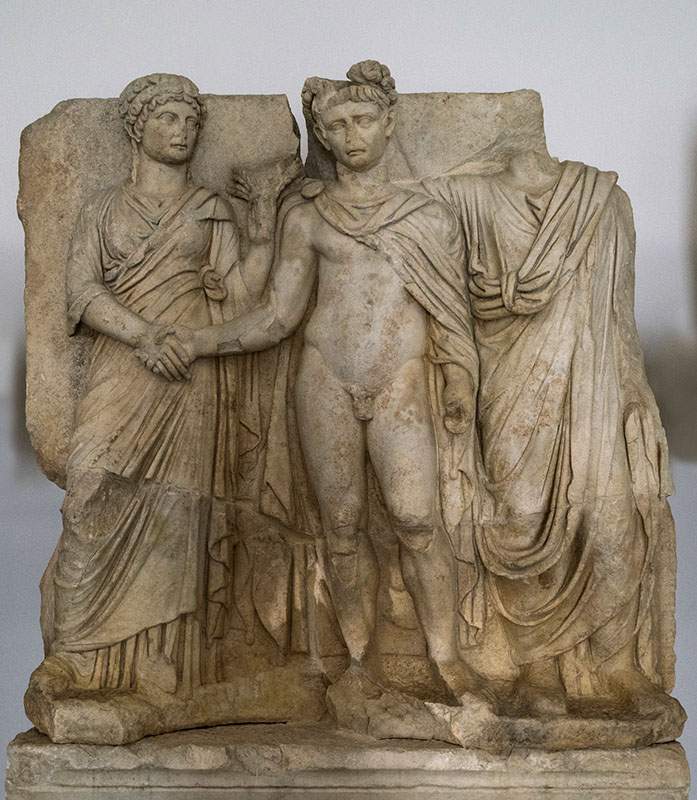
A series of relief panels celebrating Claudius’ victory were also carved into the huge Julio-Claudian Sebasteion Temple. In one panel, Claudius was portrayed as a naked warrior striking a death blow to the female figure, who represents Britannia. Another important surviving document from the conquest is the Cippus of the pomerium of Emperor Claudius, celebrating the expansion of the Roman Empire, held in the Vatican Museum.
7. Claudius Made Vast Expansions to the Roman Empire
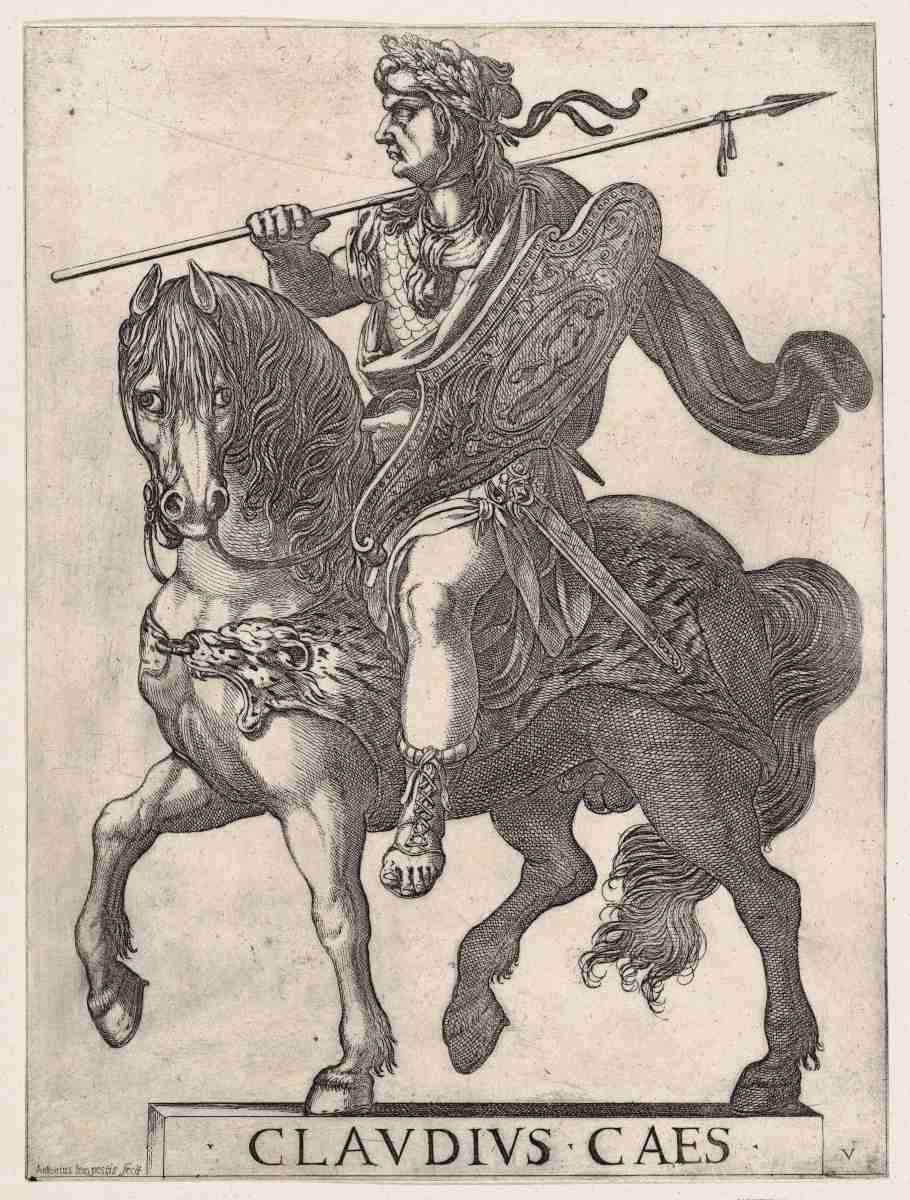
As well as leading the conquest of Britain, Claudius also expanded the Roman Empire into Lycia, Thrace, Judea, Noricum, Pamphylia, and Mauretania. In fact, when a census was carried out at the end of Claudius’ reign, it proved Rome had gained more than 1 million citizens since the time of Augustus.
8. SPQR: Claudius’ Constructions For the Empire

Claudius is not remembered as a great builder emperor, like some of his successors. This is perhaps because there was no outstanding monument associated with his reign – there was no equivalent of Hadrian’s Pantheon, for instance, nor the colossal Amphitheatre begun by Vespasian. However, Claudius remained a prolific builder, especially of vital infrastructure. Several aqueducts in Rome were completed under his authority, bringing precious fresh water into the ever-growing imperial cosmopolis. This included the completion of the Aqua Claudia and the Aqua Anio Novus, both of which meet at the Porta Maggiore in the city’s southeast.
Perhaps the most impressive of his projects, however, was the draining of the Fucine Lake in Abruzzo. This was initially meant to provide more arable land, but it had the added benefit of reducing malaria and flooding in the region. As described by Suetonius, the solution was the construction of a series of monumental tunnels. The project took 11 years to complete, but the so-called Tunnels of Claudius remained the longest tunnel ever built until the Frejus Rail Tunnel was completed in 1871!
9. He Once Fought A Killer Whale
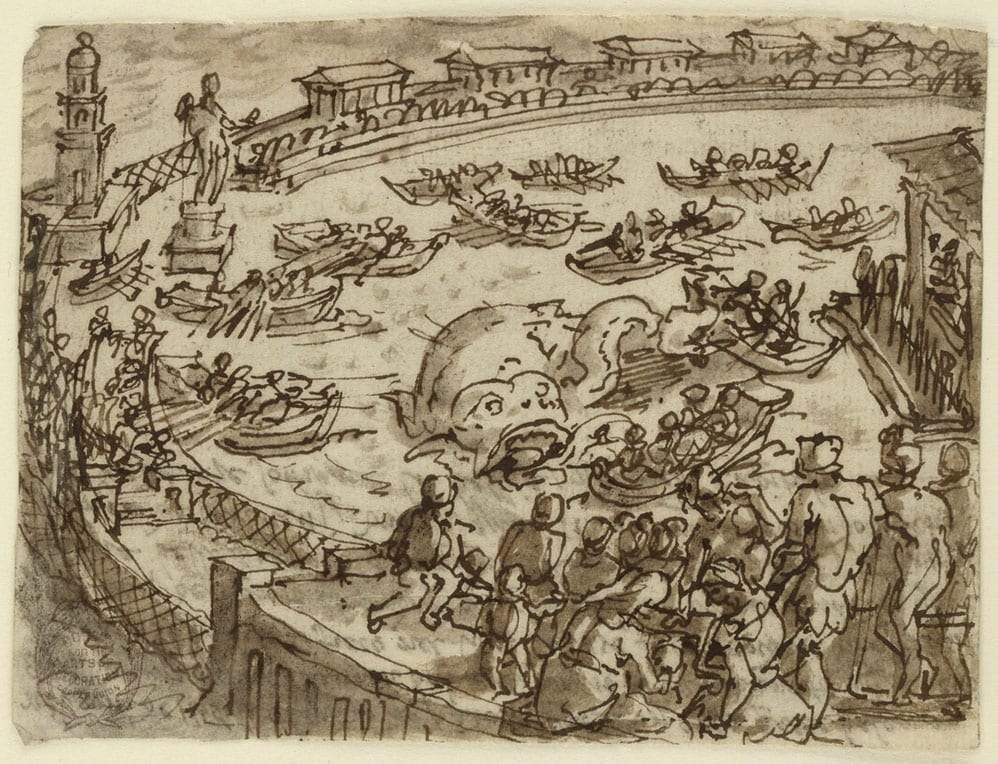
When a killer whale became trapped in the harbor of Ostia, legend has it that Claudius set up a show for the Roman people, engaging his army in a bloody battle with the beast to demonstrate their awesome power.
10. He Was Married Unsuccessfully Four Times
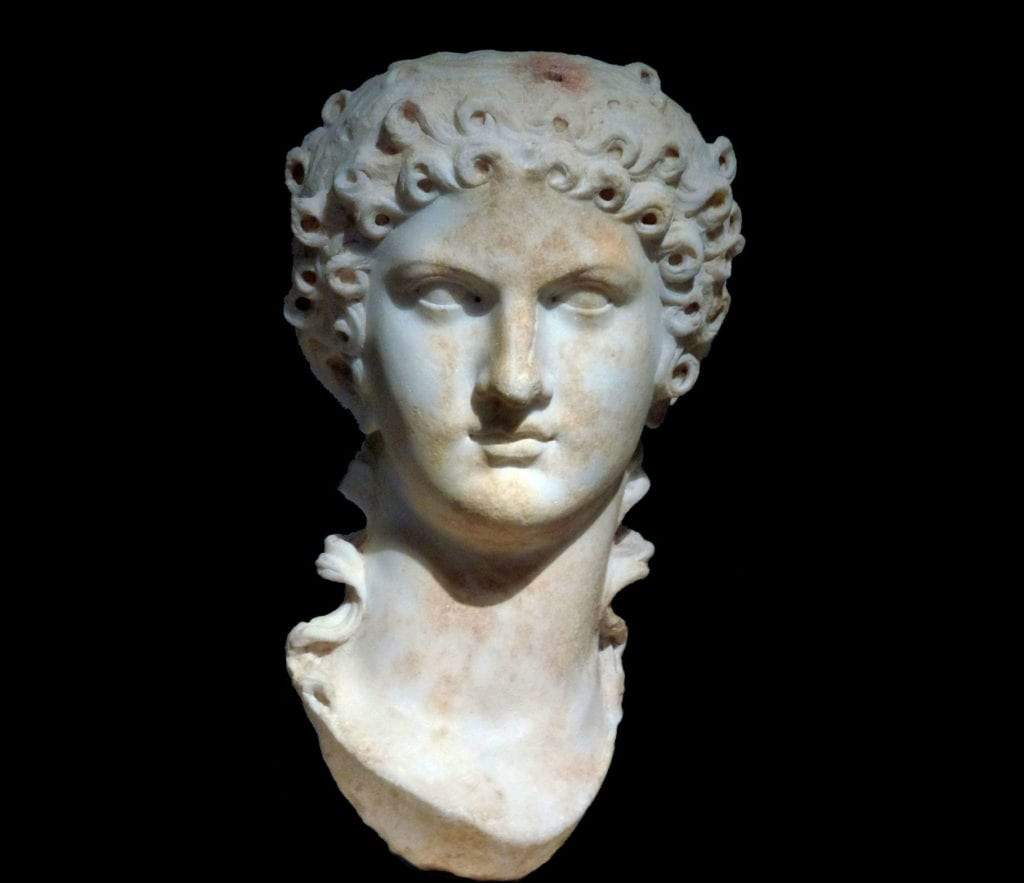
Claudius had four different wives, but none of his marriages worked out well. His first and second marriages, to Plautia Urgulanilla and Aelia Patina, both ended in divorce. Valeria Messalina, his third wife, was notorious across Ancient Rome for her scandalous affairs, and she even embroiled herself in murder plots. After arranging a mock marriage with her lover, the consul designated Gaius. Claudius feared they were planning to seize power and had them both executed. In his fourth wife, Agrippina, Claudius met his match. Sometimes referred to as “the mother of Rome,” she was a dangerous, beguiling beauty, with a sharp tongue and a quick temper. She had grand aspirations for her son, Nero, manipulating Claudius to place him as heir to the throne over his own son.
11. He Died Under Suspicious Circumstances
In 54 CE, when he was 63 years old, Claudius mysteriously died of unknown circumstances just after eating a plate of mushrooms. Many sources say Agrippina was to blame, accusing her of feeding him poisoned food. Some say she became increasingly worried when Claudius began questioning his decision about making her son Nero next in line to the throne, so dispatched of him before he could change his mind.
12. The Extraordinary Life of Claudius Was Immortalized in a Famous Book

The extraordinary life of Claudius was immortalized in the novel I, Claudius by Robert Graves in 1934. It was adapted into a BBC television series in 1976, starring the British actor Derek Jacobi as Claudius and John Hurt as the deranged Caligula. Tracking the history of the Julio-Claudian dynasty, Graves’ novel is a largely fictionalized story, but it has done much to promote the fantastical tales surrounding the life of Emperor Claudius.
13. Emperor Claudius’ Legacy Was Ruined by His Step-Son Nero
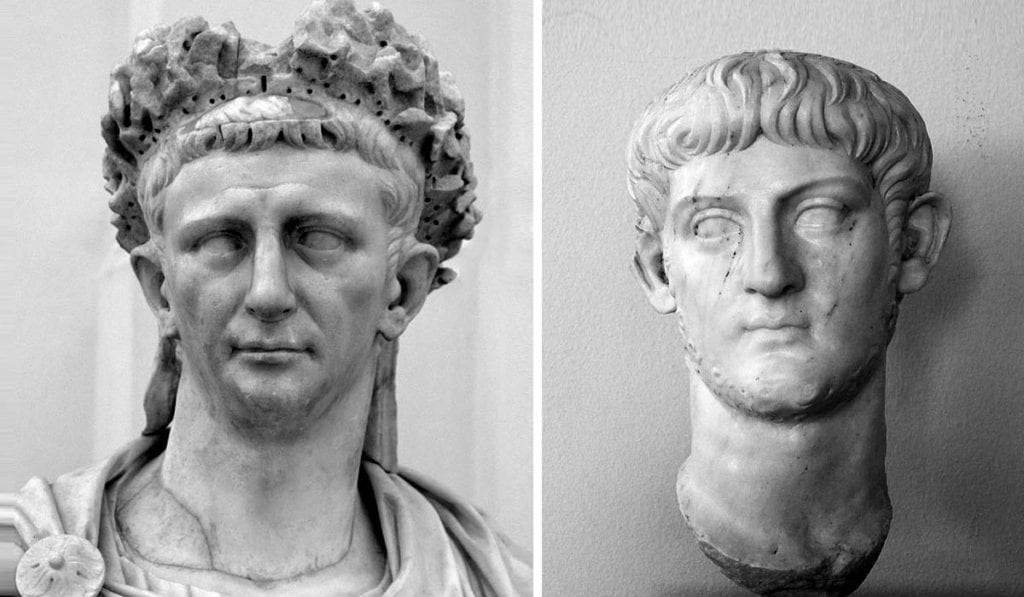
Sadly, Claudius’ successor and son Nero was shallow and narcissistic, unraveling much of his step-father’s hard-won achievements.
14. After His Death, Claudius Became a Pumpkin and a God!
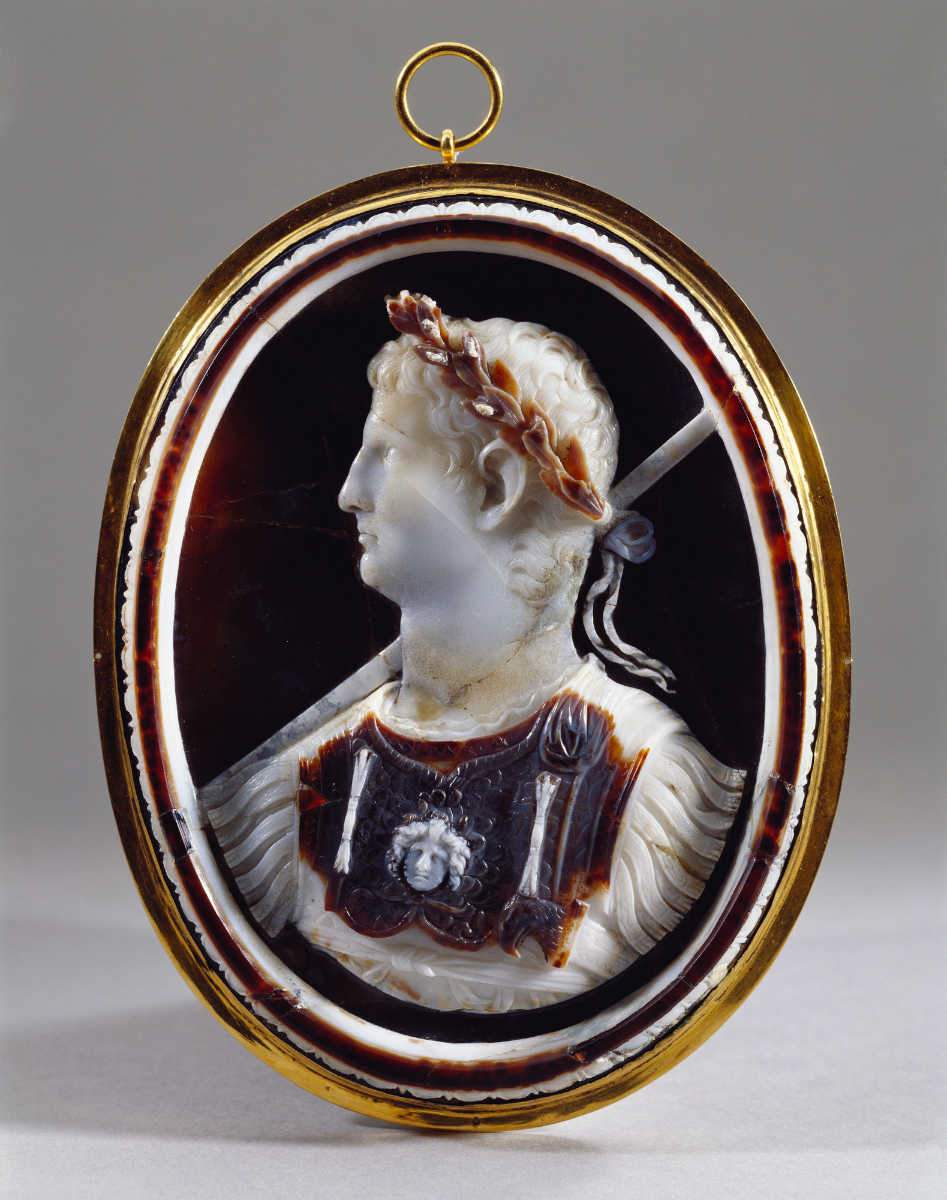
During his life, Claudius had already begun to receive worship, as the imperial cult spread across the empire. There was even a temple dedicated to the emperor at Camulodunum (Colchester) in Britain. It was this temple, in fact, that was targeted as a symbol of Roman power and destroyed in the revolt of Boudicca in 60-61 CE. When he died, he was officially deified and the construction of a vast temple to worship the former emperor was begun by Nero on the Caelian Hill in Rome.
However, the new emperor did not continue to pay the memory of his predecessor the kindest respects for long. As well as taking over parts of the structure that should have been a temple to the former emperor, Nero’s courtiers launched a scathing attack on Claudius’ memory. Infamously, Claudius soon found himself turned into a pumpkin! A satire called the Apocolocyntosis divi Claudii (the ‘Pumpkinification of the Divine Claudius’), was written by Seneca the Younger. This scathing comedy, the title of which is a play on the word apotheosis (the process of becoming a god), charts Claudius’ journey after death, from his ascent to the gods, to his fall to Hades. The comedy concludes with Caligula appearing in the underworld, claiming that Claudius is a former slave of his; when he is handed over, Claudius begins his new life as a lowly law clerk in the underworld!
It was not until Nero’s fall from grace and the emergence of the Flavian emperors that the legacy of Claudius was seen in a new light. In need of legitimacy to bolster the new regime, the Flavians commemorated Claudius, including the completion of the temple on the Caelian Hill.





